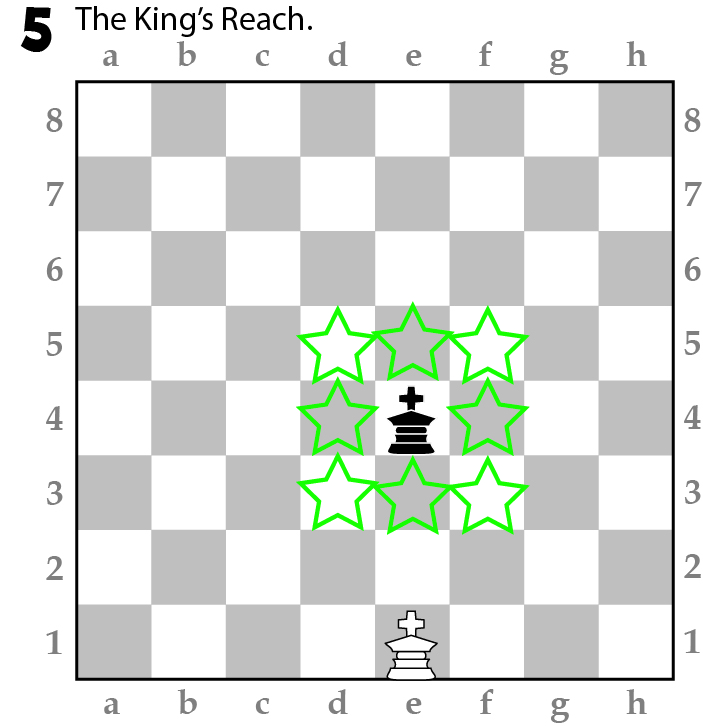When Can You Switch King And Rook
Making the king and rook change place in chess is referred to as castling make the king and rook change place in chess with help from a chess expert in this free video clip. Move your rook to a square that divides the board into two sections within three turns.
 Chesswizards The Chess Rules
Chesswizards The Chess RulesOne section should hold the enemy king and one should hold your king.

When can you switch king and rook. There are a number of cases when castling is not permitted. The square your rook is on must also be one square away from your king. When are you not allowed to castle.
A player who performs a forbidden castling must return the king and the rook to their original places and then move the king if there is another legal king move including castling on the other side. In this position white can castle kingside or queenside. The king and the rook move towards each other and swap places.
White moves see above. This is a good move because it at once frees up the castle to move and also shields the king. The king moves two squares towards a rook and that rook moves to the square on the other side of the king.
You cant castle here because the square g1 is controlled by the black bishop at c5. The other rook may have already moved there can be no opposing piece that could possibly capture the king in his original square the square he moves through or the square that he ends the turn. The king and rook.
Castling is a special move in chess that involves the king and the rook. No pieces can be between the king and the rook. As long as neither the rook nor the king have previously moved in the game and nothing stands between them you can switch their places.
When you castle the king will always go to the same color square that he started the game on. Neither king nor the rook to be castled with may have moved from its original position. When the two square king move is completed however the player is committed to castling if it is legal and the rook must be moved accordingly.
This is the only situation in which you would move two of your own chess pieces in the same move. When castling it is okay to move two pieces at once. It can only occur if there are no pieces standing between the king and the rook.
There are no pieces between king and rook the white king has never moved before and the king is not in check now and must not cross a square that is protected by blacks pieces. To do this move your king not one but two spaces towards the rook you are castling with. When castling you simultaneously move your king and one of your rooks.
Black can only castle kingside since there is still a black knight on b8.
 Achieving Checkmate W Only King Rook Chess Youtube
Achieving Checkmate W Only King Rook Chess Youtube Four Important Rules Of Castling 1 The King And Rook May Not
Four Important Rules Of Castling 1 The King And Rook May Not How To Castle In Chess 10 Steps With Pictures Wikihow
How To Castle In Chess 10 Steps With Pictures Wikihow How Do You Checkmate With A Rook Chess Stack Exchange
How Do You Checkmate With A Rook Chess Stack Exchange How To Castle In Chess Mastering This Special Rule Chessable Blog
How To Castle In Chess Mastering This Special Rule Chessable Blog